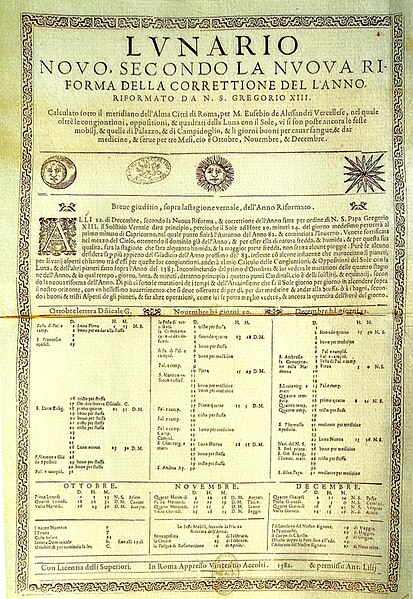The New Year: the organisation of time
The new year is observed through the tracking of time in calendars, which can be organised by different principles. Given the passing of days as marked by sunrise and sunset, ancient practices of timekeeping were based on this regular occurrence.
Lunar Calendar
Lunar calendars are based on the cycle of the Moon, measured by lunar (also known as synodic) months which cover the phases of the Moon including new, full, gibbous and crescent moons. The appearance of the Moon from Earth is determined by the position of the Moon in relation to the Sun and Earth, with the naming of the Moon phases referring to the portion of the Moon that is illuminated by the Sun at a point in time. This cycle covers about 29.5 days with small variations.
 |
| Eight phases of the Moon, seen from Earth (timeanddate.com) |
Solar Calendar
 |
| Solar cycle in relation to Earth (ExplainingScience.org) |
The Gregorian calendar is a solar calendar and is the most widespread calendar used around the world today. It was officially introduced in the west in 1582 by Pope Gregory XIII as a modification of the Julian calendar proposed by Julius Caesar and adopted in 45 BCE.
 |
| One of the first printed editions of the Gregorian calendar, Lunario Novo, Secondo la Nuova Riforma della Correttione del l'Anno Riformato da N.S. Gregorio XIII (link here) |
Zodiac Calendar
 |
| Late Babylonian Astrological Tablet (Institute for the Study of the Ancient World, New York University) |
 |
| Zodiac mosaic from 6th century CE synagogue (link here) |
 |
| Chinese zodiac (Moonlightened Shelves, Wordpress) |
Lunisolar calendar
Lunisolar calendars incorporate elements of both lunar and solar calendars, indicating the phase of the moon and the time of the solar year. For solar years based on the tropical year the calendar will designate the season, whereas solar years based on the sidereal year indicate the constellation near which a full moon will appear.
The Bengali calendar is an example of a lunisolar calendar. This calendar is used in the Bengal region of the Indian subcontinent, encompassing Bangladesh and northeastern India, and may have Hindu, Buddhist and/or Islamic influences. A revised version was adopted as the national calendar of Bangladesh in 1987. Slight modifications to the number of days in a month have taken place since then.
Based on the lunisolar calendar, the annual date for the first day of the first month usually falls on or around 14th April. Bengali New Year, known as Pahela Baishakh or Bangla Noboborsho, is the first day of the Bengali calendar and is celebrated as a national holiday in Bangladesh on 14th April and 14th or 15th April in the Bengal region of India. Mangal Shobhajatra, a procession that takes place on the Bengali New Year at dawn, is organised by the teachers and students of the Faculty of Fine Arts, Dhaka University, and was inscribed on the intangible cultural heritage list by UNESCO in 2016.
 |
Large paper-made replica of a Bengal tiger being carried at Mangal Shobhajatra (link here) |
The tradition of timekeeping and celebration of the New Year is one of the ways in which our human past, present and future are interlinked across cultures, albeit with significant differences in the way these concepts are viewed and represented based on the presence of diverse belief systems and cultural characteristics around the world. This is one of our shared experiences of being human.



Comments
Post a Comment